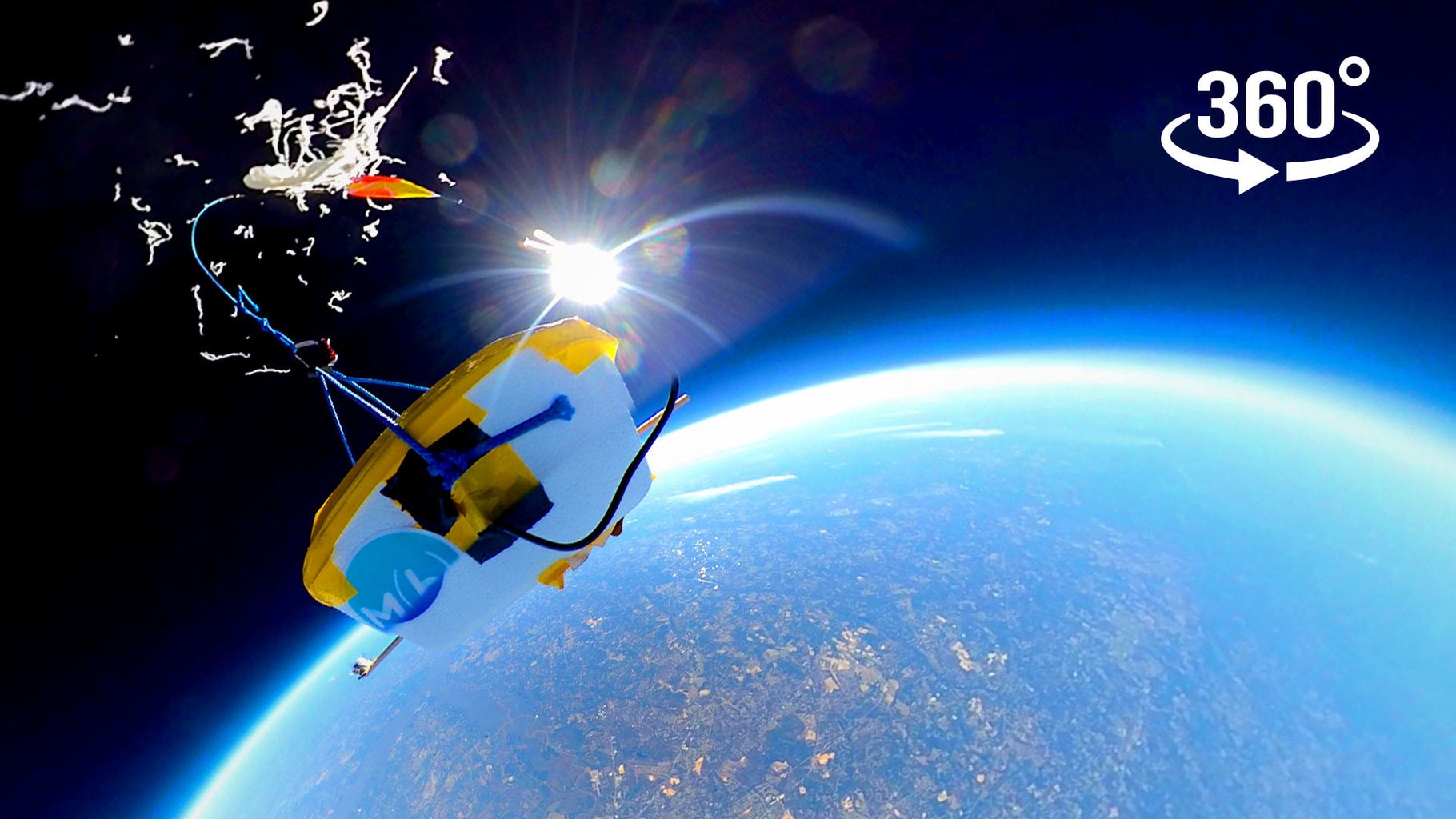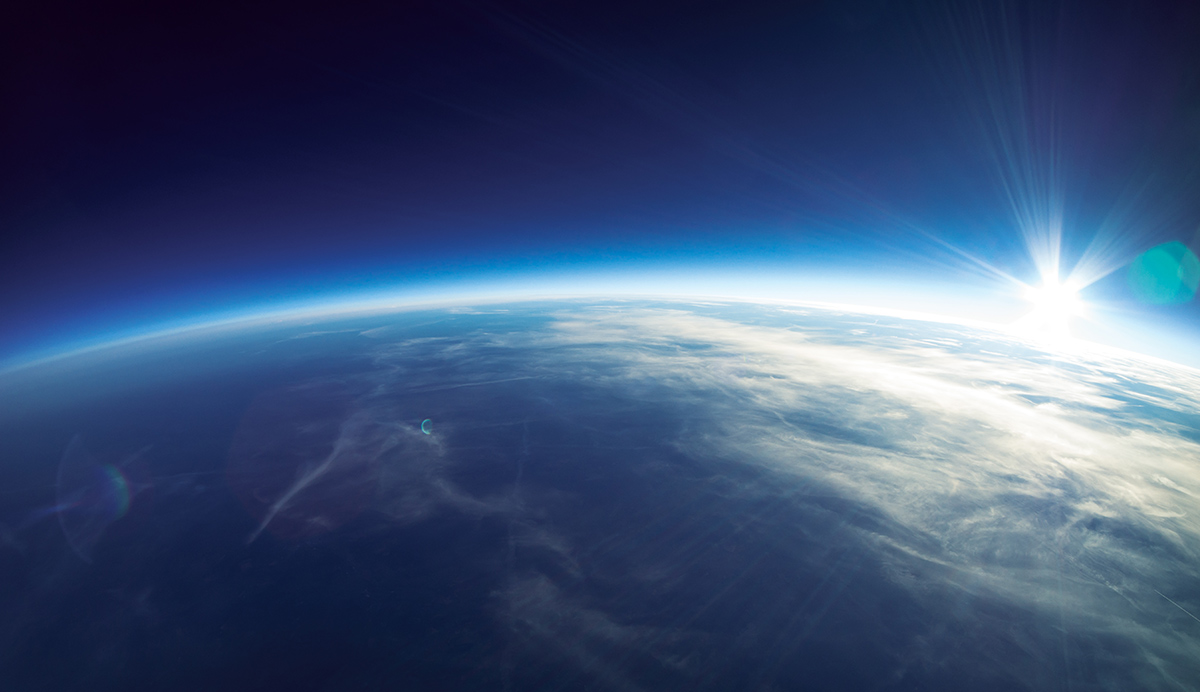Okay, so, I’ve always been into taking pictures from up high, you know, like aerial photography? I got this crazy idea one day – what if I sent a camera up into space, or at least close to it? So, I started messing around with this weather balloon project. It seemed simple enough, right?

First off, I bought a weather balloon. These things are huge! They’re made of latex, and the bigger they are, the higher they go. I got a pretty big one because, well, I wanted to go as high as possible. Along with the balloon, I also picked up a parachute. I mean, what goes up must come down, and I didn’t want my camera to crash land.
Then there was the camera. I decided to use one of those small action cameras, like a GoPro. They’re light, they can handle the cold, and they’re pretty tough. Plus, they take great pictures and videos. Mounting the camera was a bit tricky. I had to make sure it was secure but also positioned to capture the Earth below. I used a lightweight box as my payload, making sure everything was snug and wouldn’t get knocked around during the flight.
Filling the balloon was an adventure in itself. I used helium, and it took quite a bit to get the balloon to its full size. It felt like I was preparing for a real space mission! Once the balloon was inflated, I attached the payload with the camera and parachute. I also added a GPS tracker. This was super important because I needed to find the thing once it landed back on Earth.
The launch day finally came. I picked a clear, calm day to ensure the best conditions. I went out to a big open field with a few friends to help. We double-checked everything, made sure the GPS was working, and the camera was rolling. Then, we let it go. Watching the balloon ascend was incredible. It quickly disappeared into the clouds, and all we could do was wait.
The whole flight, according to the tracker, lasted about two and a half hours. The balloon went up about 100,000 feet – that’s nearly 20 miles high! At that altitude, it burst, and the parachute deployed. It took a while for it to drift back down, but eventually, the tracker showed it had landed about 50 miles from where we launched it.

Retrieving the Payload
- Tracked it down: Used the GPS tracker to find the landing spot.
- Found it: Took a bit of searching in a field, but there it was!
- Checked the footage: The camera was intact, and I couldn’t wait to see the footage.
The video and photos were absolutely stunning. The curvature of the Earth, the thin blue line of the atmosphere – it was all there. It felt surreal to see these images that I captured from so high up. It was like being an astronaut for a day!
This whole project was such a blast. It was a bit of work, but totally worth it. If you’re into photography or just curious about space, I highly recommend giving this a try. Just remember to check your local aviation regulations before you launch anything. Happy ballooning!
